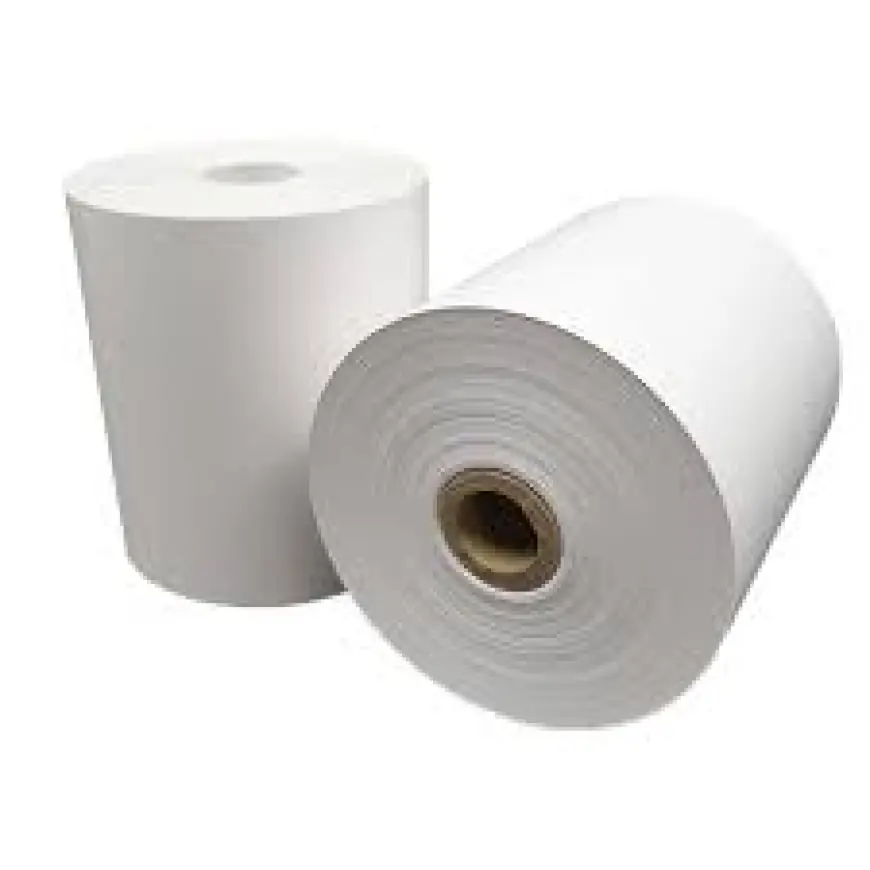Woodfree Paper Market Strategies Focusing on Innovation, Efficiency, and Cost Optimization Across Industries
Explore how the woodfree paper market is advancing through innovation, efficiency improvements, and cost optimization—fueling growth across printing, packaging, and publishing industries worldwide.

The woodfree paper market is undergoing a dynamic evolution—driven by a strategic trifecta of innovation, operational efficiency, and cost optimization. As industries ranging from premium printing to sustainable packaging evolve, these strategies are enabling businesses to thrive in increasingly competitive landscapes.
1. Innovation at the Core: Product Differentiation and Value Addition
Innovation serves as a cornerstone of market advancement, empowering woodfree paper producers to meet growing demands for performance and aesthetic appeal:
-
Specialty Coatings and Finishes: From ultra-matte to high-gloss varnishes, texture and tactile sophistication are enhancing product appeal for luxury packaging, art books, and promotional prints.
-
Digital Printing Compatibility: Tailored formulations improve ink adhesion and resolution, allowing seamless integration with on-demand and digital presses—meeting modern requirements for short runs and custom workflows.
-
Lightweight and Sustainable Papers: R&D efforts are yielding thinner, stronger substrates that reduce material usage and transportation costs while maintaining durability and opacity.
-
Eco-Positive Treatments: Plant-based coatings, low-VOC finishes, and compostable wraps elevate the product’s sustainability profile—meeting rising consumer expectations.
Through these innovations, woodfree paper is becoming more than just a medium—it’s an instrument for brand storytelling, tactile engagement, and environmental promise.
2. Efficiency-Driven Production: Lean Operations for Sustainable Growth
To remain competitive, paper mills are optimizing end-to-end operations—balancing output with environmental responsibility:
-
Energy Management: Mills are investing in heat recovery systems, combined heat and power (CHP) plants, and renewable energy sources to lower energy costs while shrinking carbon footprints.
-
Water Efficiency and Closed-Loop Systems: Cutting-edge pulping and recycling technologies are reducing water usage and enabling internal reuse—minimizing both consumption and wastewater discharge.
-
Integrated Recycling Capacity: Processing paper scraps, production waste, and post-consumer material on-site enriches supply chains and cuts procurement costs, while supporting circularity initiatives.
-
Automation and Predictive Maintenance: Smart manufacturing and IoT tools enable proactive maintenance and process optimization—reducing downtime, boosting yield, and curbing waste.
These efficiency gains result in leaner operations, cost savings, and increased sustainability credentials.
3. Cost Optimization: Balancing Value with Affordability
Cost optimization in the woodfree paper market isn’t just about minimizing inputs—it’s about maximizing value through sensitive alignment of pricing and performance:
-
Economies of Scale: Investing in expanded lines and consolidating facilities helps manufacturers lower per-unit costs while meeting rising global demand.
-
Strategic Sourcing and Vertical Integration: Securing pulp, recycled fiber, or sustainable feedstock supply ensures input stability and opens the door to better pricing models.
-
Customized Product Tiers: Introducing tiered offerings—premium, mid-range, and value-focused—allows producers to serve diverse customer segments, from high-end packaging to cost-conscious commercial print.
-
Streamlined Logistics: Locally optimized warehousing and shipping solutions cut transit time and costs, especially for bulky or time-sensitive orders.
By refining operational and supply chain economics, producers meet client expectations without compromising quality or ecological performance.
4. Industry Applications: Tailored Strategies Across Sectors
Different sectors require tailored approaches—here’s how innovation and efficiency align with end-use needs:
-
Premium Packaging: Texture-enhanced and vividly coated woodfree grades deliver luxury appeal while maintaining eco-friendly credentials—boosting brand perception and consumer connection.
-
Magazines & Books: Papers optimized for sharp detail, bright colors, and archival quality cater to high-end print markets, especially where longevity and presentation are essential.
-
Marketing & Direct Mail: Fast-drying, digitally compatible woodfree stock enables vibrant, timely promotional materials that optimize engagement and reduce lead time.
-
Corporate & Educational Publishing: Affordable yet durable uncoated woodfree grades meet mass-print needs—like textbook production—without sacrificing quality or cost-efficiency.
This strategic flexibility makes woodfree paper attractive across multiple domains—from high touch to high volume.
5. Sustainability as a Shared Objective
Sustainability permeates through innovation, efficiency, and cost measures—creating synergy across strategies:
-
Green-certified fibers, closed-loop recycling, and eco-treatments boost brand trust.
-
Operational efficiencies align economic savings with reduced environmental impact.
-
Value-optimized products help businesses balance budgets with ethical commitments.
This synergy ensures that growth is not only profitable but responsible.
Conclusion
The woodfree paper market is being reshaped by a strategic alignment of innovation, operational efficiency, and cost optimization. From specialty coatings and digital print advancements to automated manufacturing and supply chain refinement, these strategies make woodfree paper a resilient and attractive option for modern industries. Whether the goal is premium packaging, high-quality publishing, or eco-conscious production, woodfree paper stands as a compelling solution—balancing performance, sustainability, and profitability.
What's Your Reaction?
 Like
0
Like
0
 Dislike
0
Dislike
0
 Love
0
Love
0
 Funny
0
Funny
0
 Angry
0
Angry
0
 Sad
0
Sad
0
 Wow
0
Wow
0
















































